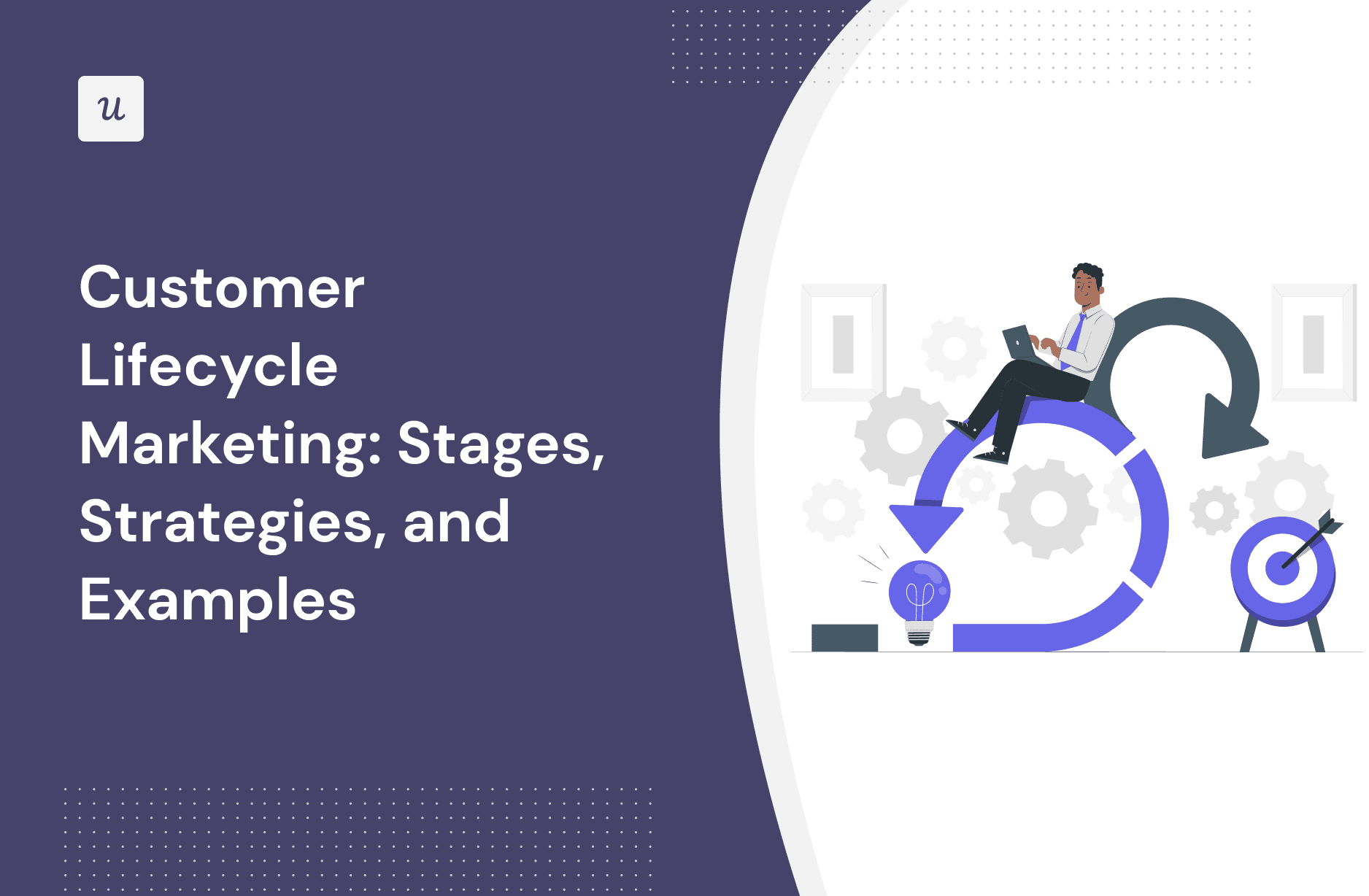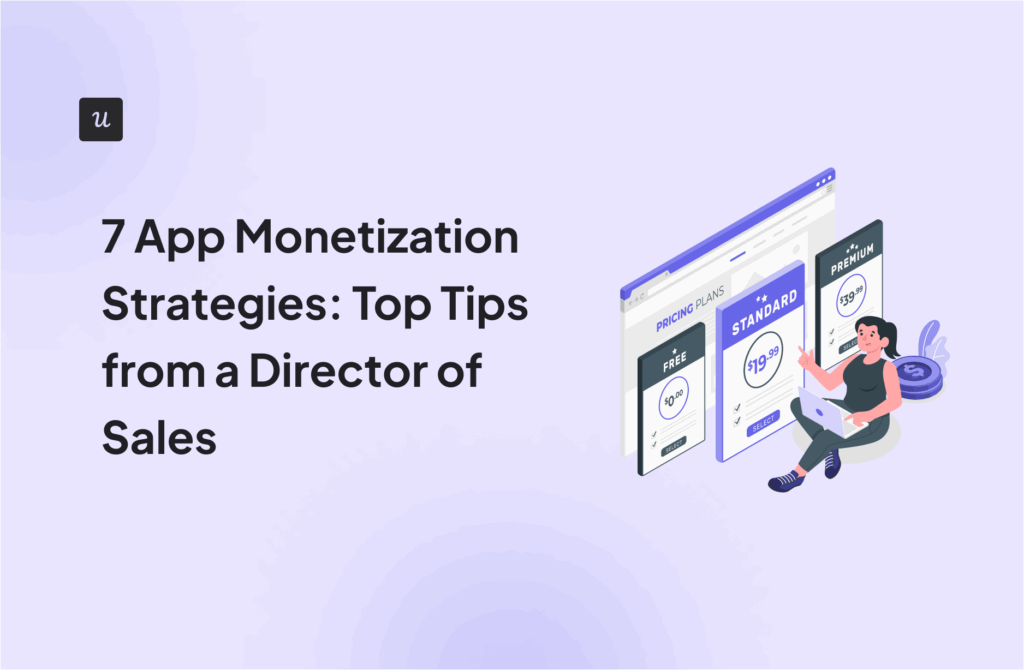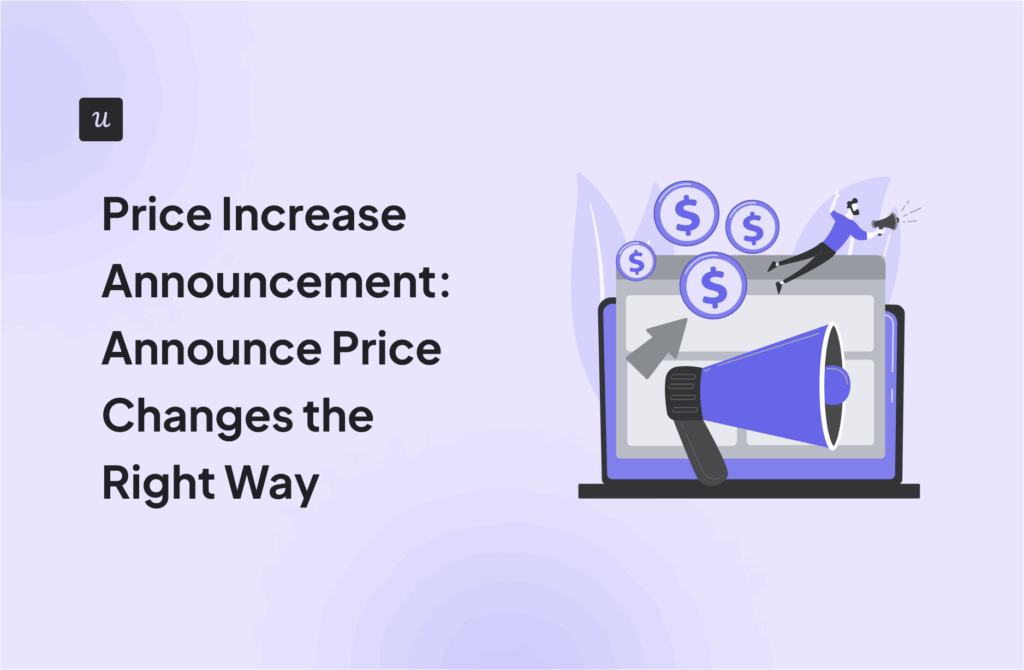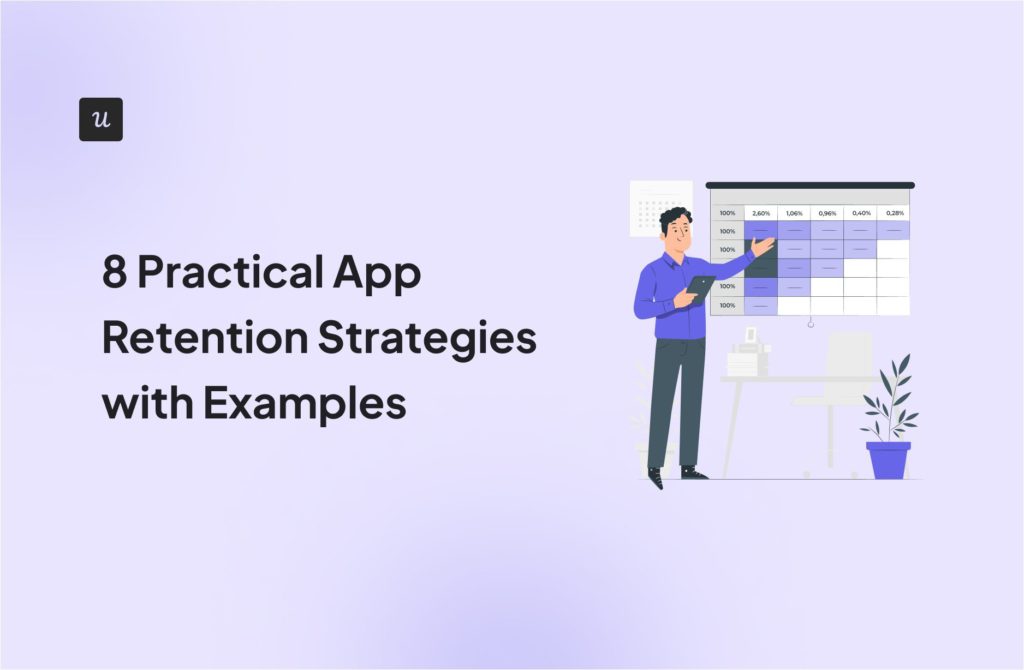
Get The Insights!
The fastest way to learn about Product Growth, Management & Trends.
What is lifecycle marketing?
Lifecycle marketing is a strategy centered on providing the most value to customers throughout every stage of their relationship with the business or product. This improves customer satisfaction, retention, and lifetime value — in that order.
Stages of lifecycle marketing
There are five stages in the customer lifecycle marketing process:
- Awareness. Prospects who have just found out about your product are in the awareness stage. Because this is the top of your conversion funnel, it’s essential that you hook them in so they keep going further.
- Acquisition. Leads who reach out through your website, email, hotline, or other channels are in the acquisition stage. This is your chance to answer their questions, learn about their goals, and explain how your product can solve the problems they’re facing.
- Conversion. If an engaged lead is satisfied with the answers you provide and confident that the product can help them, they will convert. The conversion event could include a free trial signup, paid subscription, or one-time purchase.
- Retention. The retention stage consists of a combination of collecting customer feedback, identifying reasons for churn, and acting on this data to ensure that repeat customers stay subscribed to your SaaS product for as long as possible.
- Loyalty. Customers who are exceedingly happy with a product will not only stick around long-term but also let their peers know about the solution. This turns them into a loyal advocate with high lifetime value and referral potential.
How to create a customer lifecycle marketing strategy
Because there are five distinct customer lifecycle stages, there are a few things you’ll need to create a consistently positive customer experience throughout the entire journey:
- Setting goals. Map out the entire customer journey and then set objectives for all stages of the customer lifecycle. These goals could include increasing awareness, improving lead nurturing, optimizing conversion rates, implementing retention strategies, or launching loyalty programs.
- Creating a strategy. These strategies could come in the form of marketing efforts, product improvements, or customer initiatives.
- Automating processes. Marketing automation can help you streamline certain workflows and use software to save time on recurring, trivial, and/or time-consuming tasks.
- Measuring performance. Depending on the stage, you will need different types of key performance indicators (KPIs) to evaluate the efficacy of your strategies, i.e. conversion rates for the conversion stage.
- Analysis and optimization. This will help you see which areas need improvement or which winners you should double down on. It might include A/B testing, customer interviews, and product experimentation.
Examples of customer lifecycle marketing strategies across stages
Starting out with tried-and-tested strategies will give you a solid foundation to optimize and experiment with over time. So here are some examples of customer lifecycle marketing strategies across stages.
Awareness
The first stage of the customer lifecycle is the awareness stage. This is the part of your conversion funnel that the largest number of people will interact with, so you want to ensure you make a good impression.
The main focus in this stage should be increasing your reach and authority in the space.
Build awareness by sharing helpful content
Sharing helpful content through your company blog, social media, or using lifecycle email marketing will help you demonstrate expertise within your industry.

Which customer education and branding channels you choose will depend on a few factors such as:
- Where your target audience spends most of their time on
- Which channels you have the biggest presence on
- How much (if any) you can spend on paid ads
It’s generally best practice to go all-in on one or two platforms and then master them before expanding to new channels. This will ensure that your entire team is focused on building up the same audience rather than diluting their attention across half a dozen different platforms.
Host webinars on topics related to your industry or products
You can leverage webinars to establish yourself as an authority in the industry while simultaneously reaching more leads. In fact, hosting webinars can be one of the most efficient ways to generate, nurture, and convert leads all at once.
The only downside of webinars is that hosting live presentations can be very time-consuming.
As such, you should consider using automated webinar platforms like eWebinar. Products like these let you record a presentation once and then automate the webinar so people can attend it on demand — even if you’re not there to host it live.
Tip: The most contextual way to get people to sign up for your webinars is to include a registration card, form, or popup in your blog content so readers who’ve already gotten value from your content can join!

Acquisition
Once people know about your SaaS business, the next obstacle is getting them to reach out and become a captured lead that you can work on converting. Email marketing and live demos are the most straightforward ways to do this.
Let’s have a quick look at the two approaches so you can see which is the right fit for you — or do both!
Use email marketing to engage customers
Capturing leads in your CRM platform of choice — e.g. Salesforce or HubSpot — then using lead scoring to identify the highest-likelihood prospects will give you a good starting point for email marketing. You can then use targeted email sequences to engage, nurture, and convert these leads.

Offer live demos for new customers
Letting interested prospects book a live demo with your sales team is another way to acquire customers. During the demo, you can:
- show them how the product works
- address any concerns
- overcome any obstacles that may be keeping them from signing up for a paid subscription or free trial
One contextual way to offer live demos is through in-app messages. As soon as they sign up for your product, you can invite them to book a demo with your representative.

Conversion
After raising awareness for your product and nurturing the leads that come in, you’ll need one more push to turn prospects into customers. Personalizing onboarding, A/B testing your in-app marketing, and offering a trial for premium features are all viable conversion strategies worth exploring.
Leverage customer data to deliver personalized onboarding
As soon as a new customer signs up for a trial, use a welcome survey to collect data on them.
These data points could include:
- Their jobs-to-be-done (JTBD) with the product
- Which tasks are involved in their workflows
- What their role in the organization is
Responses to welcome surveys will help you segment customers and personalize the customer experience based on their product use case. The insights you uncover will also help inform your onboarding best practices and playbook.
For instance, you could introduce them to the most relevant features to drive feature adoption.

A/B test different upgrade prompts to drive conversion
A/B testing lets you compare different variations of in-app communication flows — comprised of modals, tooltips, banners, and/or slideouts — to see what resonates with your use base the most. Multivariate testing can help you quickly identify the winner out of large sets of variations.
If you use Userpilot to run your A/B tests, then you’ll even be able to see the exact percentage that the winning variant beat the control by:

This helps you continuously tweak, test, and optimize your customer lifecycle model.
Offer premium feature trials to drive account expansion
The average customer’s journey toward joining the ranks of loyal customers is not just about user retention but also account expansion.
When aiming to encourage account expansion and increase customer lifetime value, offering free trials of premium features is an effective approach. You can apply this to users on free plans or those on lower-tier paid plans.
The goal is to provide users with a taste of the additional value available in higher plans, creating a sense of urgency and incentivizing them to upgrade:

Upselling customers so they use more features, subscribe to higher subscription tiers, and get more value out of the product is an absolute must. The more value received, features used, and money paid, the more sticky the product will become.
This creates mutual benefit between both the customer and the business.
Retention
Your work doesn’t end at the customer acquisition stage because post-purchase nurturing throughout the different stages is crucial to retaining new users long-term. You can achieve this through secondary onboarding flows and in-app marketing.
Use secondary onboarding to retain existing customers
Onboarding existing customers a second time to show them more advanced features will increase the amount of value they get out of the product over time. As such, continuous onboarding can help you engage new users and retain existing customers.
You can complete this entire process in just a few steps:
- Identify the new/advanced features that you’d like users to discover
- Create in-app feature discovery checklists (example below)
- Use interactive walkthroughs to guide users through tasks

Deliver in-app marketing messages to introduce new features
Sending in-app messages to your loyal customer base will help keep them in the loop on the latest product improvements, new features being added, and other developments that would increase product stickiness.

Loyalty
The final stage of the customer lifecycle is brand loyalty. This is where a user goes beyond becoming a repeat customer and starts actively recommending your product to others. There are a couple of ways to build loyalty amongst users: exclusive offers and mutually beneficial loyalty rewards programs.
Deliver exclusive offers to increase customer loyalty
Your most loyal and active customers are more familiar with your product than the average users. This makes them a prime candidate for beta testing new features and also makes them feel like their voice matters.

In addition to guiding your product development strategy, the user feedback you gather through beta testing can also be used to identify the most valuable features. You can then use these features and benefits as a hook to convert a potential customer after the update has launched.
Reward customers for sharing testimonials
Offering rewards to customers can encourage advocacy and turn satisfied users into brand ambassadors. Integrating a loyalty program into the customer experience doesn’t have to feel forced as long as you implement it properly.
For instance, you could use gamification to offer “quests” to users that they’re rewarded for completing. In most cases, you’ll want to tie rewards back to your core product — but you can also offer badges or trophies to enhance the gamified experience.
For example, the Surfer Credits Giveaway offers credits to customers who leave a review for them on websites like G2 and Trustpilot as long as they send a screenshot as proof.
Of course, you can also offer good old-fashioned cash rewards or gift cards — like how we at Userpilot give out $100 Amazon gift cards to our customers who review the product on G2:

Conclusion
As you can see, customer lifecycles can be a long, multi-stage journey. if you’re able to stay by their side throughout each step then most customers will turn into loyal brand advocates that generate more revenue for your business and spread the word about your product.
If you’re ready to start nurturing your users through in-app marketing and contextual onboarding, then it’s time to get your free Userpilot demo today!







